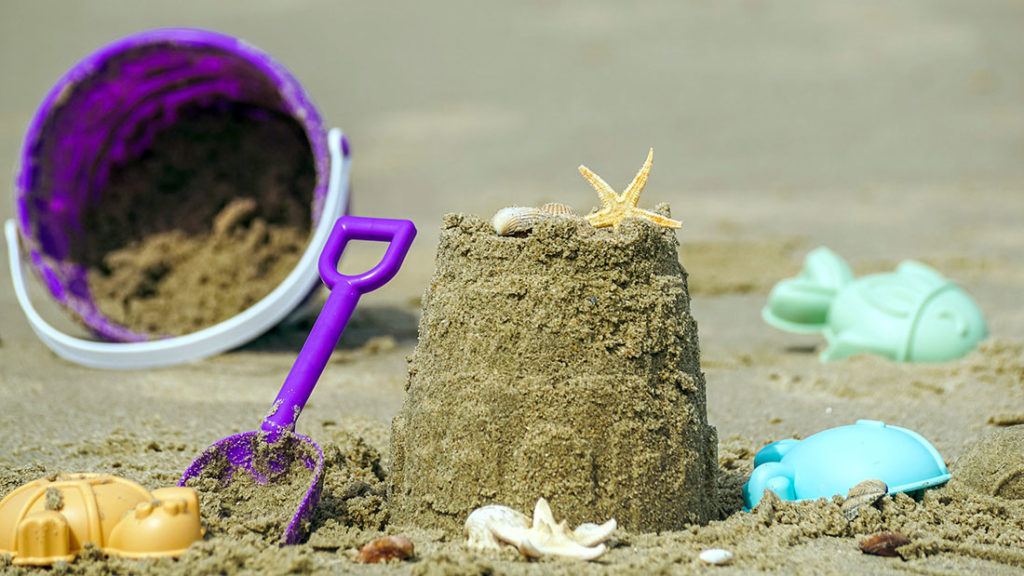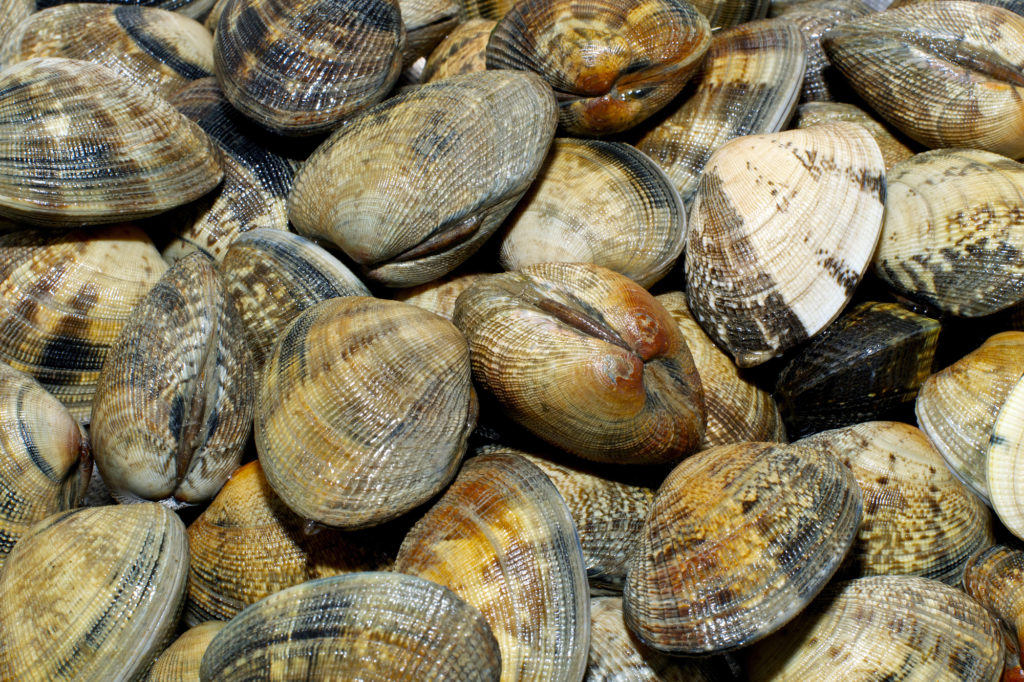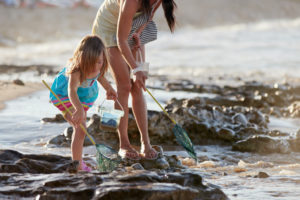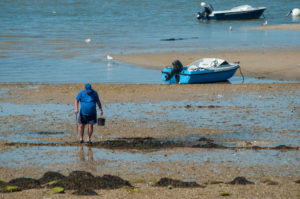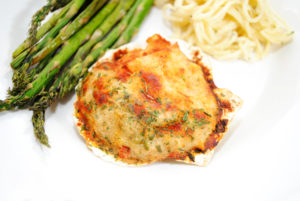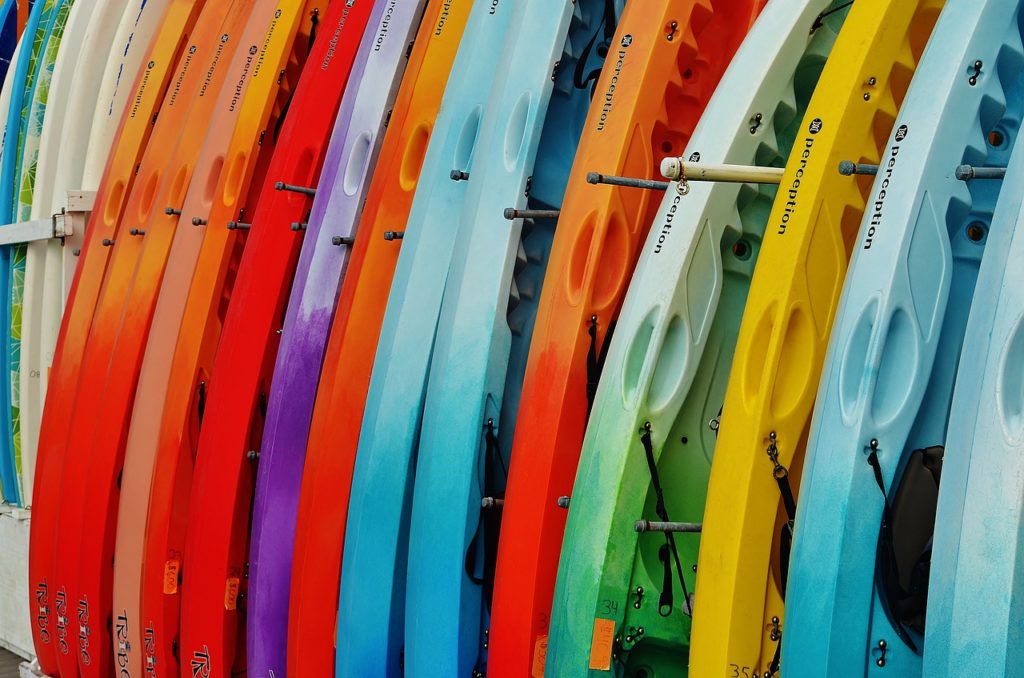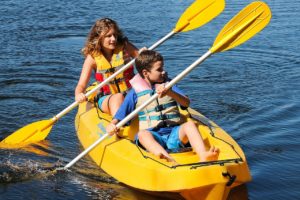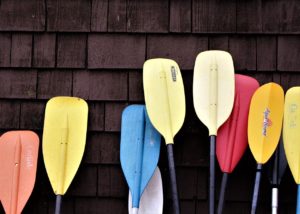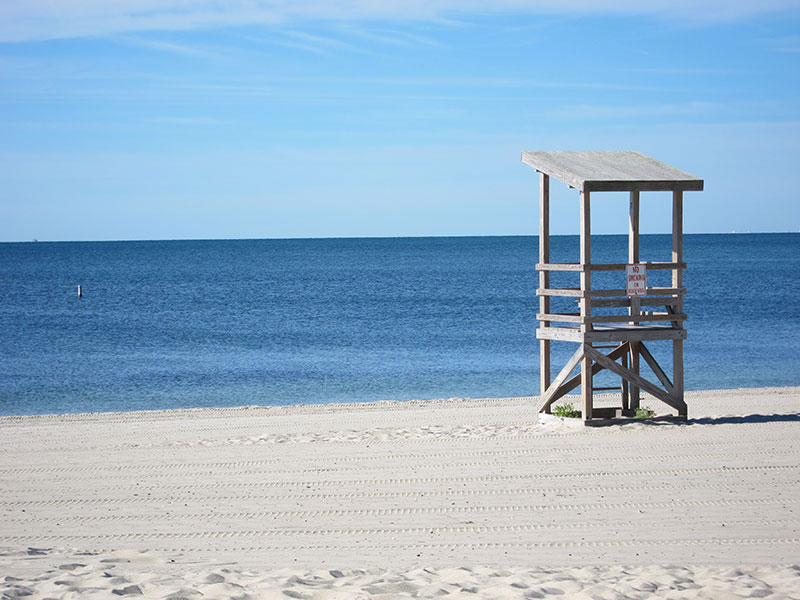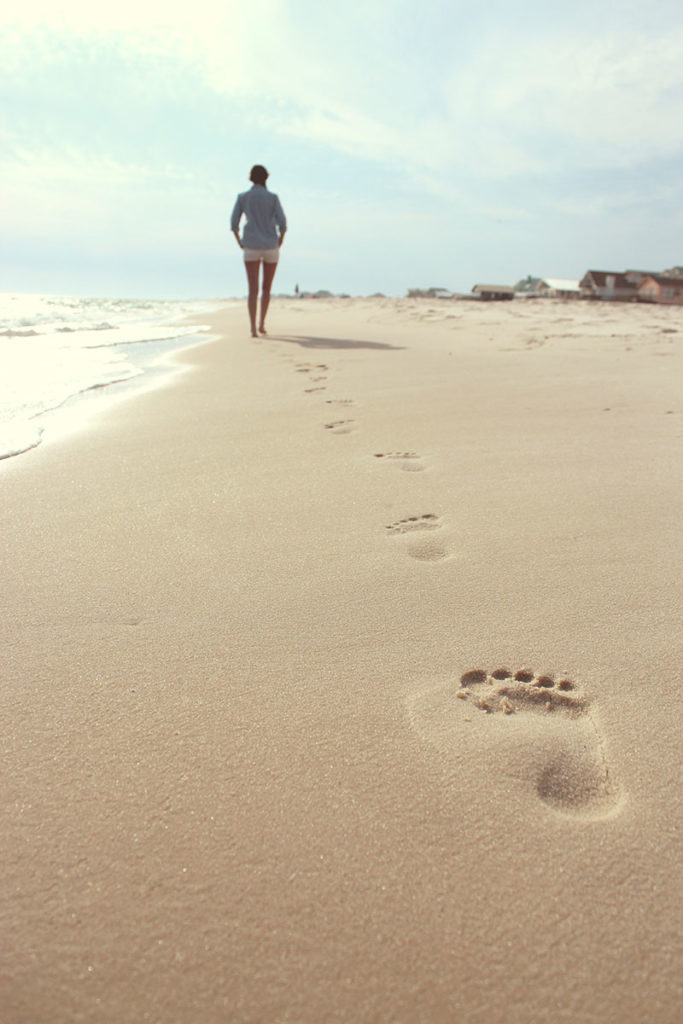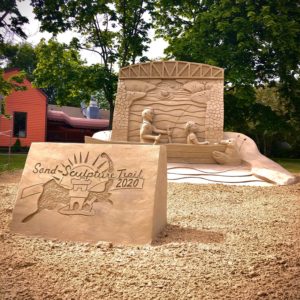
Yarmouth’s popular Sand Sculpture Trail is back again this summer, with an assortment of new creations by world-famous street artist and sand sculptor Sean and Tracy Fitzpatrick of Fitzysnowman Studios.
This year’s project was scaled back to 17 sculptures, due to the novel coronavirus pandemic. But the attractions are all located outdoors, making them safe for viewing, snapping selfies, and admiring the family-friendly themes – as long as you practice safe social distancing.
Viewing the sculptures is a passive thing that people can do at their leisure, said Fitzpatrick in a cellphone interview from the Yarmouth Chamber of Commerce (YCC) headquarters, where he was wrapping up a 10-ton rendering of a girl and her grandpa boating on Bass River. “From a safety standpoint, there couldn’t be a safer activity on Cape Cod,” he said.

The Yarmouth sand sculptures are created one at a time, typically in a single day. Work usually begins in late May and continues throughout the month of June. This year’s final creation is expected to be finished on June 26, Fitzpatrick said. Completed sculptures are already standing at many public locations, including the YCC offices on Route 28 in West Yarmouth and at Strawberry Lane in Yarmouth Port.
Each massive sculpture is built with finely ground quarried sand, which has sharp edges and stacks like sugar cubes, Fitzpatrick said. Beach sand, by comparison doesn’t stick together as well because it is often rounded by wave-action and includes bits of oddly shaped seashells, he explained.
As Fitzysnowman Studio artists work, they moisten the sand and pack it down to remove air, creating a remarkably strong structure. Finally, the finished creations are sprayed with a mix of water and Elmer’s Glue, which seals the exteriors and makes them resistant to erosion by rain and wind.
How strong are they? Last year’s 33 sand sculptures survived the 110 mph winds wrought by two tornadoes that hit Cape Cod in July, tearing the roofs off buildings and leaving a path of destruction through Barnstable, Yarmouth and Harwich.
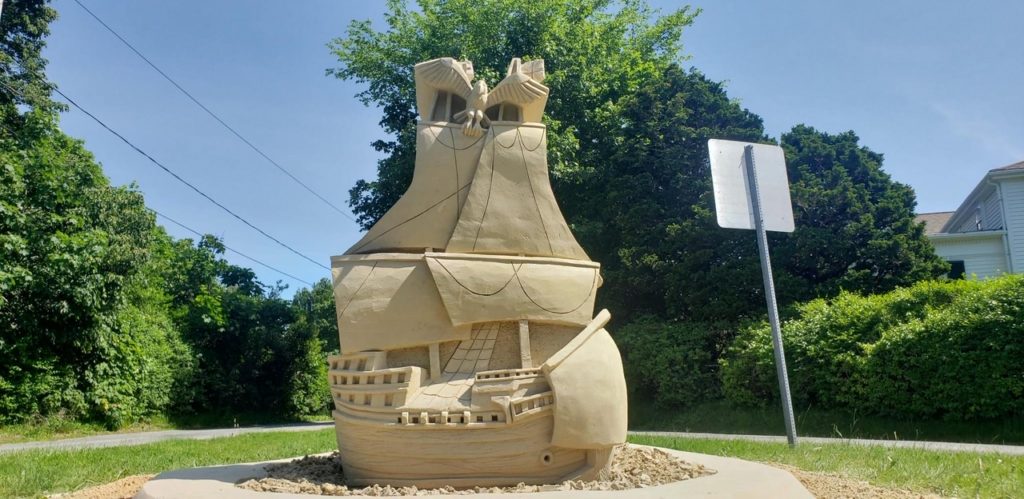
This spring’s weather has been perfect for building the sculptures, Fitzpatrick said, with lots of warm, sunny days and very little rain. As in previous summers, the artwork will remain on display through Columbus Day weekend, drawing interested residents and visitors to participating businesses throughout the summer season.
“We are so excited to be able to host this year’s Sand Sculpture Trail again in Yarmouth, given our current situation,” said Jenn Werner, Marketing, Communications, and Events Director for the Yarmouth Chamber. “This is a great activity that people can do safely.”
Werner noted that the Yarmouth Chamber’s popular photo contest will return this summer as well, running until Labor Day. Participants can enter up to three photos and compete for gift certificates from local businesses. Winners will be chosen in three categories: Most Creative Photo, Sand Sculpture Selfie, and Best Location Photo. Find entry instructions and more information on the photo contest at the YCC website.

The Yarmouth Chamber also provides a map of the Sand Sculpture Trail, which will be available at YCC Visitor Centers when they reopen. Meanwhile, you can download an online copy of the 2020 map here.
Local businesses participating in this year’s Yarmouth Sand Sculpture Trail include: Aiden By Best Western, Bass River Golf Course, Candy Co., Dunkin Donunts, Hearth ‘N Kettle, John G. Sears & Son, Just Picked Gifts, Kinlin Grover, Salty’s, Seafood Sam’s, Taylor Bray Farm, The Cove Resort, Today Real Estate, Yarmouth Town Hall and Wendy’s.
The project is partially funded by the Town of Yarmouth’s Tourism Revenue Preservation Fund.
Andy Tomolonis is a nonfiction author, travel writer and multimedia journalist.
Photo Credit: Serena Severini Photography

